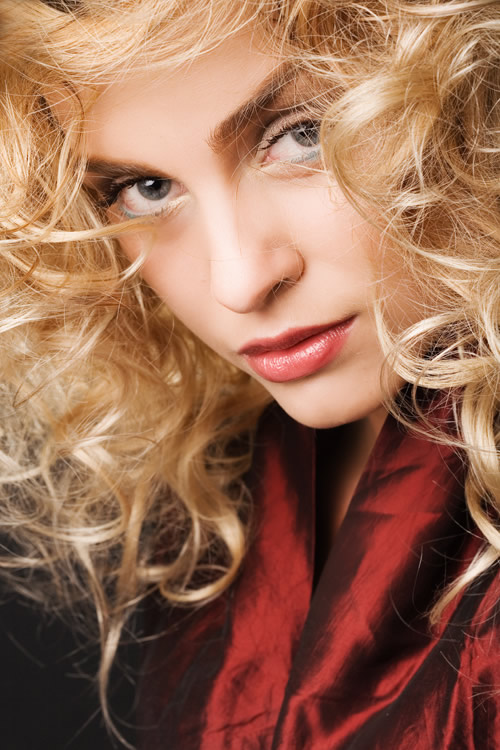4 Components of Successful Rhinoplasty in NYC
POSTED ON THURSDAY, NOVEMBER 10, 2011 AT 11:12 AM by Dr. Mokhtar Asaadi
If you’re considering rhinoplasty, or cosmetic nose surgery, you’re most likely concerned with the current appearance of your nose. What many people fail to realize is that changing the form of your nose can also affect the way it functions. While the promise of a cosmetic improvement to the way your nose looks is perhaps the most motivating component in the decision to have rhinoplasty performed, it can not come at the expense of the proper function of your nose. Leading New York plastic surgeon Dr. Mokhtar Asaadi has developed a checklist of four essential components to preserving the function of your nose during a cosmetic rhinoplasty procedure.

1. Deviated Septum
A deviated septum is the term applied to a condition that occurs when the nasal septum (the thin wall between the nostrils) is bent to either side. Ideally, the nasal septum is positioned in the center of the nose. When performing rhinoplasty in NYC, it is important to make sure that the nasal passage is not altered, or deviated, which can restrict airflow. Changing the shape of the nose during rhinoplasty can affect the position of the nasal septum. Dr. Asaadi is very careful to ensure that the septum is in the correct position following rhinoplasty. If the patient has a deviated septum before the procedure, the condition is repaired.
2. Enlargement of Turbinates
Nasal turbinates are small projections of bone inside the breathing passage on each side of your nose. Each side has an inferior, middle, and superior turbinate. Turbinates serve a very important function in the nose because they help to clean and filter the air you breathe before it enters the lungs. They also help you feel the air flow through your nasal passages. Like a deviated septum, enlarged nasal turbinates can cause nasal obstruction. Changes to the shape of the nose can alter the nasal turbinates. If a person has a curved nasal septum, the inferior nasal turbinate will become enlarged to compensate for that concavity. This is generally the result of a nasal fracture but can also result from changing the structure of the nose during rhinoplasty surgery.
3. Internal Nasal Valve
The internal nasal valve is the area within the nasal airway that is responsible for controlling the flow of air. The collapse of the internal valve, which can occur naturally, as a result of aging, following an injury, or after altering the shape of the nose, can cause nasal obstruction and difficulty breathing through the nose. Problems with the internal nasal valve often arise when rhinoplasty is being performed to correct a large nasal bump. One of the most effective ways of repairing a collapsed internal nasal valve is to place small grafts of cartilage within the nose to support the space and ensure that the internal valve does not close.
4. External Nasal Valve
The external nasal valve is situated on the sidewalls of your nostrils. Like the internal nasal valve, obstruction of the external nasal valve can lead to difficulty breathing through the nose. In addition to aging and trauma, external valve collapse can occur following rhinoplasty surgery where too much cartilage has been removed from the nasal tip. When performing any septal surgery, Dr. Asaadi saves the cartilage that is removed until he is sure that no problems will occur that will limit the function of the external nasal valve. If the reshaping of the nasal tip does lead to complications with the external nasal valve, Dr. Asaadi can add cartilage under the skin to support the nasal structure.
When performing any cosmetic rhinoplasty surgery in New York, Dr. Asaadi is conscious of correcting and maintaining the function of important nasal structures as well as providing patients with the rhinoplasty results they are looking for. For more information about rhinoplasty in NY, please contact Dr. Asaadi’s New York office at 212.938.0158 or his New Jersey offices at 973.731.7000. You may also request an appointment online by visiting Dr. Asaadi’s website.
Additional Links:
Cosmetic Surgery NYC
Facial Rejuvenation New York
Plastic Surgeon New York City